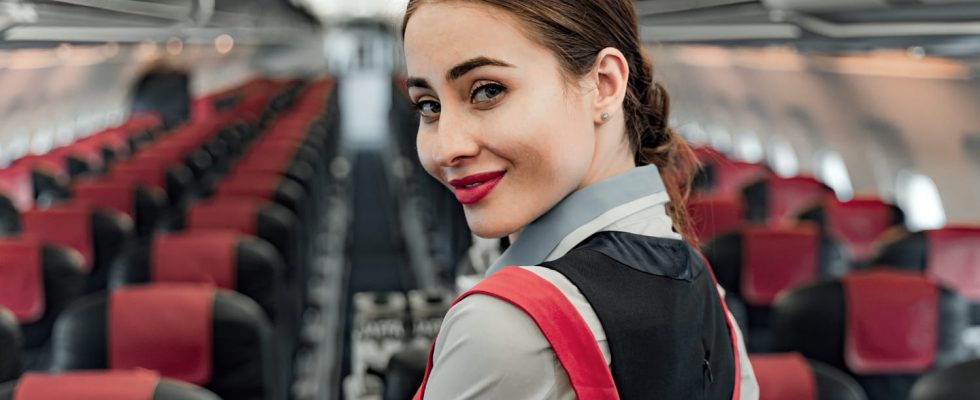Using modelling, French researchers from Inserm have revealed the place most at risk of contracting a virus or bacteria in an airport… and how to protect yourself from it.
Crowds, gatherings, mixing… We may tend to forget it, but the airportsas train stations Or all the places where there are a lot of people passing each otherare places at high risk of transmission of infectious diseases. To fully understand the transmission mechanisms and reduce the risks, researchers from the National Institute of Health and Medical Research (Inserm) have developed modeling whose results were published in the journal NatureCommunications on March 20, 2023. To do this, they carried out measurements (using air filtration or specific lamps) in theHeathrow airport in Londonthe European airport most frequented where infections like influenza A (H1N1) And the Covid-19. Modeling analyzed the displacement of more than 200,000 individuals within this airport, from the geolocation of mobile phones (GPS) between February and August 2017, and was able to reconstruct the contact networks between these different people. That allowed them to identify areas where contact was most intense and where the risk of transmission was greatest.
Bar and restaurant: the most contaminated places
Common areas such as bars or restaurants are where the highest number of infections occur, as they put travelers and airport workers in the same place in contact for long periods of time. “These places are not not always the busiest within the airport, but they involve more sustained contact over longer periods between individuals, to transmit diseases“, argues Mattia Mazzoli, researcher at Inserm and first author of the study. These places are indeed designed to optimize logistical efficiency, not to reduce crowds. They are characterized by a constant flow of inputs and outputs, with a high risk of disease spread internationally.” In addition, social distancing is not always possible there.
4 measures to reduce the risk of contamination in an airport
According to the authors of this study,spatial immunization strategies“, in other words, specific prevention measures targeting these high-risk places and making it possible to reduce contamination can be put in place:
- Install air filtering
- Set up systematic disinfection surfaces
- Use Far-UVC lampsso-called “germicidal” lamps that can disinfect large areas in the presence of living beings
- incite wearing an anti-virus mask (users as workers in the airport)
The areas most at risk correspond to only 2% of the accessible surface of the airport. Thus, with spatial immunization measures, the researchers estimated a reduction in 50% chance of having a secondary case of H1N1 flu following a first case imported into the airport. This reduction is 40% for Covid-19. If the model has only been tested with the H1N1 flu or the Covid-19, it could nevertheless be used in the future to study brand new pathogen not yet characterized. Finally, this method is widely and immediately generalizable to other modes of transport such as trains, subways, bus stations or other crowded places where interpersonal distances are not possible, such as shopping malls or convention centers.
Source : Modeling to limit the transmission of infectious diseases in airports and train stations, Inserm, March 20, 2023 . Mathematical model developed by teams from Inserm and Sorbonne University at the Pierre Louis Institute of Epidemiology and Public Health with the Spanish Institute CSIC-IFISC.
